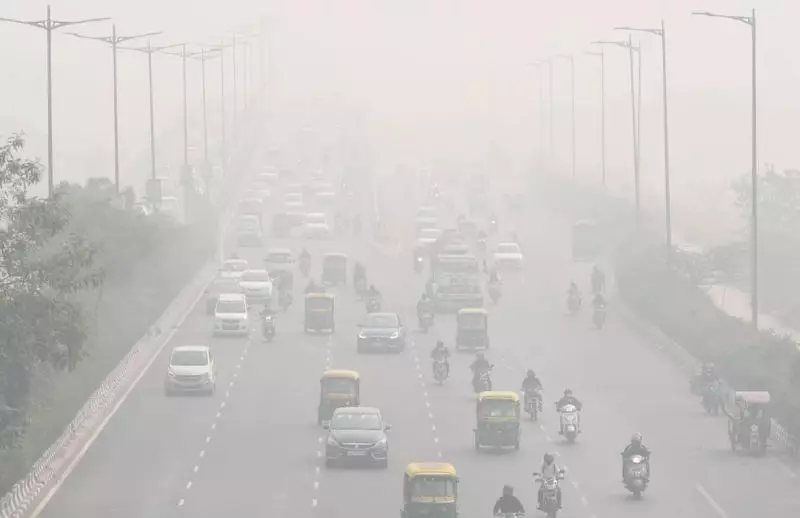
Delhi residents woke up to another day of hazardous air quality as the capital city recorded an Air Quality Index (AQI) of 335, firmly placing it in the 'very poor' category. The persistent pollution crisis has left citizens gasping for clean air and prompted immediate action from authorities.
Current Air Quality Situation
The latest data from monitoring agencies reveals that Delhi's air quality has deteriorated significantly, with the AQI touching 335. This alarming level falls under the 'very poor' category according to the Central Pollution Control Board's classification system, posing serious health risks to the population.
Immediate Measures Implemented
In response to the worsening air quality, authorities have activated Stage II of the Graded Response Action Plan (GRAP). The Commission for Air Quality Management has mandated several crucial measures including:
- Enhanced parking fees to discourage private vehicle usage
- Increased frequency of public transportation services
- Strict enforcement of pollution control norms across industries
- Regular mechanized cleaning of roads to control dust pollution
Health Advisory for Citizens
Medical experts have issued urgent health warnings, particularly for vulnerable groups. Children, elderly citizens, and individuals with pre-existing respiratory conditions are advised to take extra precautions. Doctors recommend:
- Avoiding morning and evening outdoor activities
- Wearing N95 masks when stepping outside
- Using air purifiers indoors
- Keeping windows closed during peak pollution hours
Weather Conditions Aggravating Crisis
Meteorological factors continue to play a significant role in the deteriorating air quality. Calm wind conditions and low temperatures are preventing the dispersion of pollutants, creating a thick layer of smog over the city. The situation is expected to remain critical in the coming days unless weather patterns change significantly.
The national capital's battle against air pollution continues to be a major public health concern, with authorities and citizens alike hoping for improved conditions and sustainable long-term solutions to this recurring environmental emergency.





